
Misconceptions
Here are some common misconceptions I’ve heard from students.
1. You can only see the moon at night.
2. The shape of the moon changes.
3. The moon does not rotate.
My Massive Fail
Who has sent home the moon calendar where students are supposed to draw what the moon looks like each day? Who has ever had 1/4 of their students complete it? I would have been thrilled at 1/4. I tried my first two years teaching and I think maybe 2 out of 120 students did it. The third year, I made it optional for extra credit (the ONLY time I’ve done extra credit). One student took me up on that.
So clearly, students wouldn’t be making these observations on their own at home and joyfully bringing in their observation sheets with their expert analysis to discuss. That’s fine. Half the time you can’t see the moon anyway. So, I took a new approach the next year using the 5E Model.
A Different Approach
1. ENGAGE: StarDate Website
This website will flat out show you the moon phases for each date: http://stardate.org/nightsky/moon.
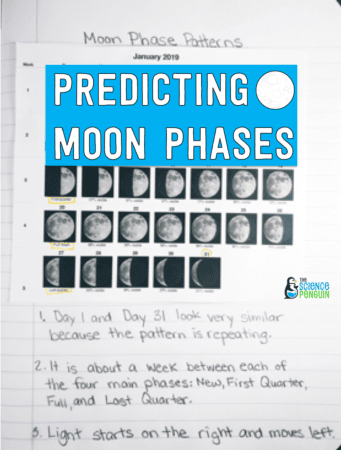
- Use Double Stuff Oreos. The cream filling pulls off easily with a plastic knife (or something not sharp and appropriate for school) and maintains its shape.
- Each student needs a plate with 4 cookies.
- Label the Earth and Sun on the plate before starting.
- LIGHT starts on the RIGHT. Following the New Moon, the crescent will appear on the right.
- After the phase reaches a full moon, the phases will appear as the opposite of the one across from it as it moves back toward the new moon.
- Identify the phase names.
2. EXPLORE/EXPLAIN: Styrofoam Ball Model
This is an old-school activity, but it sticks around because it’s a good one. You go through some basic information about phases of the moon and observe changes using a model (styrofoam ball on a pencil).

3. EXPLAIN: Moon Phases Digital Inquiry
In this activity, students combine information from multiple sources to explain why the moon’s appearance seems to change. This is differentiated, no-prep, and already a favorite activity style among teachers.
See it on TpT! Moon Phases Digital Inquiry

4. ELABORATE: Making Predictions
5. ELABORATE: Moon Phases Task Cards
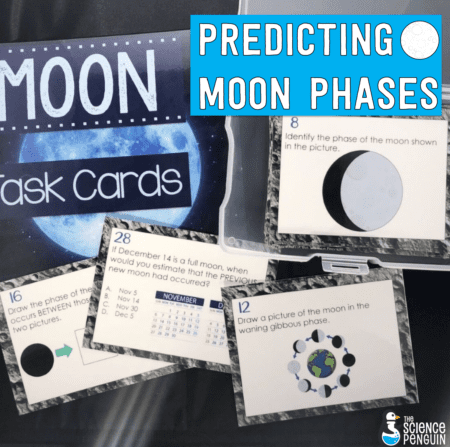
6. Bonus Idea
Here’s a list of 10 things to do with moon phases– make sure your students have access to a website with the moon phases and go!
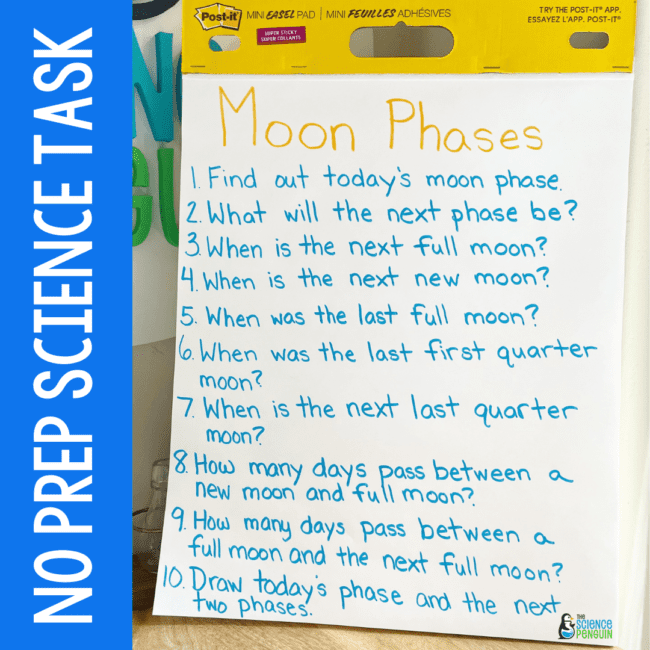
Ari Mosquera
Standards
TEKS 4.8C collect and analyze data to identify sequences and predict patterns of change in shadows, seasons, and the observable appearance of the Moon over time
NGSS MS-ESS1-1 Develop and use a model of the Earth-sun-moon system to describe the cyclic patterns of lunar phases, eclipses of the sun and moon, and seasons
Sign up for the Free Resource Library
This is an exclusive library of 40+ science printables, labs, activities, and games for grades 3-6. Sign up and check your email for immediate access.


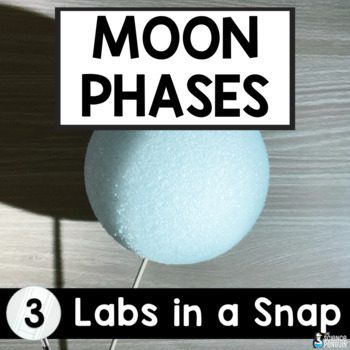
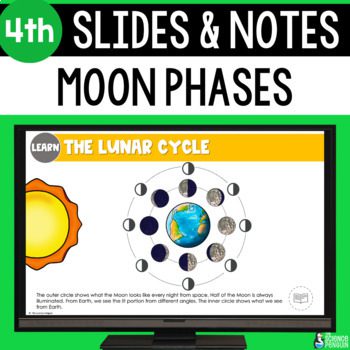
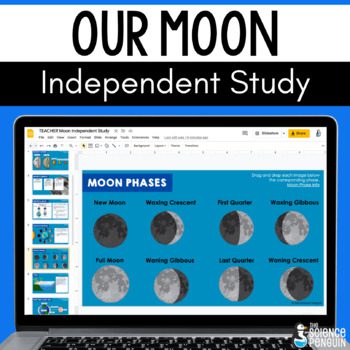



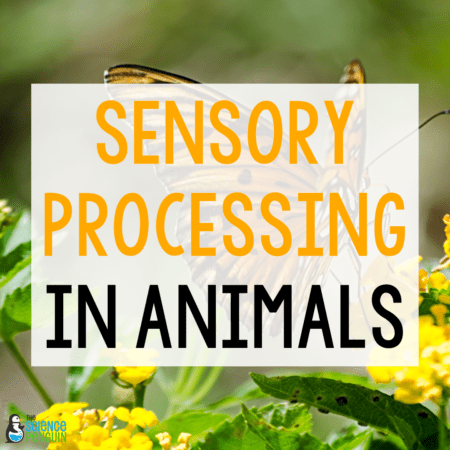

9 thoughts on “5 Ideas to Teach Students about Moon Phases”
Great ideas. I love working with their misconceptions!
While researching moon phases for upcoming lessons, I came across the teaching ideas which I thought looked great; however it would have been beneficial if, in your links,you notified users that your ideas/resources are on TPT and they require a payment. It may save precious time unnecessarily investigating resources..
I certainly don’t want to be misleading so I added that the links were to TpT. Hopefully, you can still use the images and descriptions to come with activities for your students. The moon is one of my favorite topics! Enjoy!
-Ari
My students love to see what phase the moon was on the day they were born. I use this website: http://spacefem.com/quizzes/moon/ We’ve also surveyed (many) others and did a study on whether more people really are born during a full moon.
Just thought I would mention that we actually never see the “dark side of the moon” because the rotational period is exactly the same as the orbital period, so the same portion of the Moon’s sphere is always facing the Earth.
I love this site. I’m trying to decide what thinking map I could use for the moon phases. Any suggestions? Tree map or flow map??? It’s for my evaluation so it has to be in within a map. Thanks.
Great ideas, but I have to clarify. The moon DOES rotate.
“The moon orbits the Earth once every 27.322 days. It also takes approximately 27 days for the moon to rotate once on its axis. As a result, the moon does not seem to be spinning but appears to observers from Earth to be keeping almost perfectly still. Scientists call this synchronous rotation.”
https://www.space.com/24871-does-the-moon-rotate.html
Hi Maria! I listed “The moon does not rotate” as a misconception students often have. Thank you for providing more information!
Ari
Comments are closed.